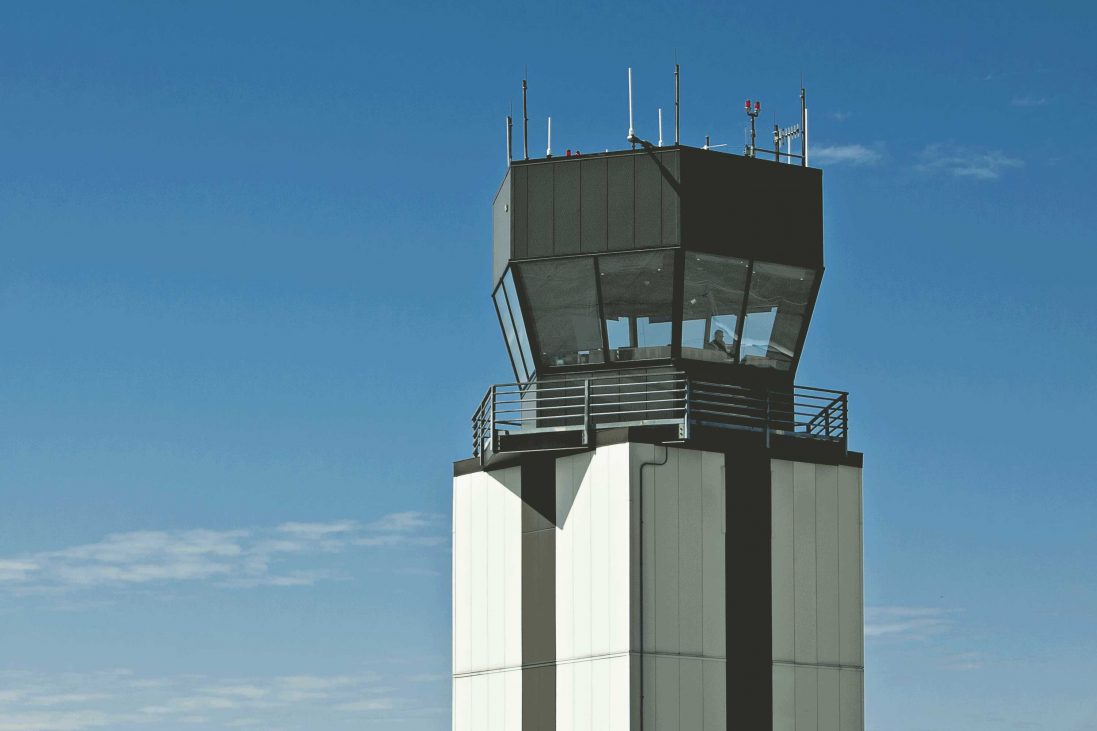
Pilots Reminded to Include Aircraft Call Sign in Read Backs to Air Traffic Control
NBAA has learned that there has been an increase in air traffic control operational errors and operational deviations due to incomplete pilot read backs that do not include the aircraft call sign. The FAA Aeronautical Information Manual, section 4-2-1, emphasizes that it is essential that pilots acknowledge each radio communication with ATC by using the appropriate aircraft call sign.
FAA Notice on Call Sign Read Backs
On May 19, 2011, Elliot Brann, with the Los Angeles International Airport (LAX) Tower, sent out a message advising of an increase in operational errors and operational deviations due to incomplete pilot readbacks. Below are excerpts from his message.
Recently, it appears there has been an increase in operational errors (OEs) and operational deviations (ODs) due to incomplete pilot readbacks. Today at LAX tower, there was an operational error due to a pilot not reading back his callsign along with a “maintain visual separation” clearance. The controller had all of the elements in the clearance, knew it was the aircraft he was talking too, but because there was no callsign in the readback, an error was called.
This is an ongoing trend, pilots not understanding air traffic control requirements for the readback. In the tower, we hear many times a hold short instruction issued, the pilot reading back they will hold short of a runway, but no callsign with the readback. When we advise the pilot to readback with the call sign, we get an attitude. The pilots feel they just readback the clearance, unaware of the omission or our requirement.
The FAA Aeronautical Information Manual, section 4-2-1, emphasizes that it is essential that pilots acknowledge each radio communication with ATC by using the appropriate aircraft call sign.
FAA Implementing ICAO’s ‘Line Up and Wait’ Phraseology beginning September 2010
As NBAA first reported this past January, the FAA has announced implementation of the International Civil Aviation Organization (ICAO) phraseology, “line up and wait” effective September 30, 2010. This replaces the current FAA phraseology, “taxi in to position and hold”. The change comes after a recommendation from the National Transportation Safety Board (NTSB) to the FAA that Order 7110.65 be amended, requiring the use of standard ICAO phraseology for airport surface operations. Pilots need to be familiar with, and be ready to read-back and accept, instructions from air traffic control using the new phraseology. For more information, review FAA order 7210.754 or contact NBAA’s Air Traffic Services Team at airtraffic@nbaa.org.


 International Business Aviation Council Ltd.
International Business Aviation Council Ltd.